Embrace the Enchantment of Vintage Samovars
Embrace the enchantment of a bygone era as you journey into the world of Vintage Samovars. These timeless and exquisite vessels are not just pieces of history but windows into a world where tea was more than just a beverage—a ceremony, a social ritual, and an art form.
A samovar, a term derived from the Russian words "sam" (self) and "varit" (to boil), is more than just a tea urn; it's a cultural icon steeped in tradition. Each vintage samovar tells a unique tale, a blend of craftsmanship, nostalgia, and the elegance of days long past.
Discover the Elegance of Vintage Samovars
Whether it's the gleaming allure of antique brass, the regal charm of silver plating, or the rustic beauty of copper, each vintage samovar is a testament to the artistry and craftsmanship of its time. These vessels were once at the center of family gatherings, social occasions, and intimate tea ceremonies, embodying the warmth of hospitality and the richness of tradition.
As you explore our Vintage Samovar Collection, you'll discover exquisite pieces of history and the opportunity to bring a touch of antique elegance to your tea rituals and home decor. These samovars are more than just relics; they are timeless reminders of an era when tea was not just a beverage but a symbol of warmth, connection, and cultural richness.
Indulge in the Allure of Vintage Samovars
Indulge in the allure of Vintage Samovars, where history, craftsmanship, and the art of tea converge to create a unique and captivating experience. Each piece in this collection is a journey into the past, an invitation to savor the elegance of a bygone time, and an opportunity to infuse your modern life with a touch of nostalgia and tradition.
Explore Our Vintage Samovar Varieties
Antique Brass Samovars
These samovars are crafted from antique brass, boasting designs that have withstood the test of time. They showcase intricate details and timeless aesthetics, capturing the essence of a bygone era. Antique Brass Samovars are not just vessels; they are pieces of art that hold a rich history within their gleaming exteriors.
Silver-Plated Samovars
Elegance knows no bounds with Silver-Plated Samovars. These exquisite vessels are adorned with silver plating, radiating sophistication and timeless appeal. They elevate the art of tea service to a new level, offering a glimpse into a world where tea was not just a beverage but a symbol of refinement and grace.
Copper Samovars
Copper Samovars are cherished for their rustic beauty and remarkable heat conductivity. These vessels harken back to an era where functionality met elegance. Beyond their aesthetic charm, they offer a tangible connection to the past, allowing you to experience tea preparation with an authentic touch as it was once done.
Russian Samovars
Authentic Russian Samovars transport you to the heart of Russian tea culture and craftsmanship. These samovars embody the essence of a nation's tea traditions, with designs that reflect the warmth and hospitality of Russian homes. They are not mere artifacts but cultural treasures that celebrate a rich heritage.
Oriental Samovars
Oriental Samovars captivate with their intricate designs, offering a taste of the exotic. These vessels are adorned with ornate patterns that carry the allure of the East. Oriental Samovars serve as functional tea urns and captivating pieces of art that infuse your tea rituals with an air of mystique and elegance.
Key Features of Vintage Samovars
- Historical Significance: Our collection of vintage samovars allows you to delve into their rich history and cultural significance. Through detailed descriptions and historical context, you can gain a deeper understanding of these iconic vessels' role in tea culture and hospitality throughout the ages. Discover the traditions and stories associated with vintage samovars, adding a layer of historical depth to your appreciation.
- Diverse Materials: Vintage samovars come in diverse materials, each with unique charm and character. From the gleaming elegance of antique brass to the rustic allure of copper and the regal beauty of silver plating, you can explore the distinct qualities and aesthetics that different materials bring to these timeless pieces. The choice of material often reflects the cultural and artistic preferences of the era in which they were created, offering a window into the craftsmanship and design of the past.
- Craftsmanship: Vintage samovars are not merely valuable vessels but works of art crafted with meticulous attention to detail. These vessels showcase the skill and artistry of the artisans who created them. You can appreciate the fine craftsmanship that went into their making, from the intricate engravings and patterns to the ergonomic design that allowed for efficient tea preparation. These samovars are a testament to the dedication and craftsmanship of artisans who transformed functional objects into objects of beauty and cultural significance.
Why Choose Vintage Samovars
- Nostalgic Charm: Vintage samovars infuse your tea ceremonies and home decor with a delightful touch of nostalgia. These elegant vessels carry the echoes of a time when tea was not just a beverage but a cherished tradition. Using a vintage samovar in your tea rituals or displaying it in your home evokes a sense of warmth and authenticity, transporting you back to an era when tea was steeped in tradition and shared with loved ones.
- Conversation Pieces: Vintage samovars are more than just functional items; they are captivating conversation starters. Their unique designs, historical significance, and timeless charm make them focal points of interest in your living spaces. Guests and visitors are often drawn to these intriguing pieces, sparking conversations about their history, craftsmanship, and cultural relevance. They add a layer of intrigue and cultural richness to your home, making them more than just objects; they are stories waiting to be shared.
- Collector's Delight: For collectors and enthusiasts of art, history, and culture, vintage samovars are a true delight. They offer a glimpse into the past and the artistry of a bygone era. Collecting these samovars allows you to curate a unique and historically significant collection that reflects your appreciation for craftsmanship and cultural heritage. Each vintage samovar you acquire becomes a cherished piece of history, adding depth and value to your collection while preserving a slice of the past for future generations to admire.
Ideal For:
- Tea Enthusiasts seeking to elevate their tea-drinking experience with vintage elegance: Vintage samovars are an ideal choice for those passionate about tea and wishing to enhance their tea-drinking rituals. These elegant vessels brew and serve tea, infusing the experience with vintage charm and sophistication. If you savor the nuances of tea and appreciate the aesthetics of tea service, vintage samovars are the perfect addition to elevate your tea-drinking experience.
- Collectors interested in acquiring unique and historically significant pieces: Vintage samovars are a treasure trove for collectors drawn to unique and historically significant items. Collecting these samovars allows you to curate a collection that reflects your appreciation for craftsmanship, history, and cultural heritage. Each samovar you acquire becomes a tangible piece of history, offering a glimpse into the artistry and traditions of the past. For collectors, vintage samovars are not just objects but invaluable cultural and artistic significance pieces.
- Those looking to add a touch of antique charm to their home decor or tea ceremonies: Vintage samovars are exquisite decorative elements that can transform your home decor and tea ceremonies. These samovars are the perfect choice if you're seeking to infuse your living spaces with antique charm and cultural richness. They become focal points in your decor, evoking a sense of nostalgia and authenticity. Whether displayed prominently or used in tea ceremonies, vintage samovars add a touch of timeless elegance to your surroundings, making them more than just objects; they are symbols of tradition and artistry.
What is a vintage samovar, and where did it originate?
A vintage samovar is a traditional metal vessel used to boil water, most commonly associated with Russian tea culture. Originating in 18th-century Russia, the samovar quickly became central to social gatherings. Similar versions were also found in Persia, India, and Central Asia. These urn-like containers were often made from brass, copper, or silver and featured intricate detailing. Beyond their utility, vintage samovars represent craftsmanship, cultural rituals, and hospitality across generations and regions.
How is a vintage samovar different from modern tea-making or water-heating equipment?
Vintage samovars are strikingly different from modern electric kettles or tea makers in both design and experience. While modern appliances focus on speed and convenience, vintage samovars emphasize slow brewing and artistry. Traditionally fueled by coal or wood, they are made of durable metals like copper or brass and often feature hand-engraved designs. Their presence in a home isn't just functional—it evokes nostalgia, warmth, and a sense of cultural pride that modern tools seldom offer.
What are the different styles or types of vintage samovars available?
Vintage samovars come in various styles depending on their region of origin and intended use. Russian samovars often feature a barrel-like or vase shape, while Persian ones are taller and more slender. Indian samovars, usually made of copper or brass, often reflect regional craftsmanship through folk motifs. Some come with a chimney for coal heating, others include a teapot tray on top, and some are purely ornamental. Each style carries its own cultural significance and historical roots.
What materials were commonly used in crafting vintage samovars?
Vintage samovars were primarily made from metals like brass, copper, and silver due to their excellent heat retention and durability. Brass offered a golden aesthetic and was widely used in Russian and Indian samovars. Copper, known for its superior conductivity, was also common, especially in Persian and Kashmiri models. Rarely, silver samovars were crafted for the wealthy or for ceremonial use. Some samovars also featured tin or nickel linings to prevent rust and enhance safety.
What motifs, engravings, or cultural designs are often seen on vintage samovars?
Vintage samovars are celebrated not just for function but for their rich artistic details. Common motifs include floral vines, birds, paisleys, and geometric patterns, often etched by hand. Russian samovars may feature royal emblems or family crests, while Persian ones display calligraphy and intricate scrollwork. Indian designs lean toward tribal and folk art influences. These engravings reflect the local culture and storytelling traditions, making each piece a unique artifact of its place and time.
Where can I purchase authentic vintage samovars online?
Authentic vintage samovars can be found on global platforms like Etsy, eBay, and 1stDibs, where collectors and antique dealers offer curated pieces. Indian shoppers may also explore websites like IndianShelf, Jaypore, or Craftsvilla for regionally styled samovars. It's essential to check seller ratings, reviews, and provenance documents when available. Many sellers also provide restoration history or authenticity certifications. For those seeking rare pieces, antique fairs or heritage auctions can be excellent sources.
How can I incorporate a vintage samovar into a modern kitchen or home décor?
Integrating a vintage samovar into a modern space adds warmth and character. It can serve as a statement piece on a dining table, shelf, or kitchen corner. Many use it as a decorative vase, lamp base, or planter, breathing new life into old metalwork. In tea stations or cafes, it becomes a nostalgic centerpiece. Even in minimalist interiors, a well-polished samovar offers a touch of heritage, acting as both conversation starter and cultural expression.
In what ways are vintage samovars preserved, showcased, or celebrated today?
Today, vintage samovars are preserved as cultural heirlooms, displayed in museums, cafes, and heritage homes. They’re also used in traditional tea ceremonies, especially in regions like Kashmir and Russia. Collectors clean and restore them, while artists repurpose them into decorative objects. In design circles, samovars symbolize slow living and sustainability. Festivals and art fairs often showcase them alongside other historical artifacts, reminding us of a time when beauty and utility coexisted gracefully.
How does vintage samovar culture connect with the idea of sustainable living?
Vintage samovars exemplify sustainable living by promoting durability, reuse, and low-energy consumption. Traditionally heated with coal or wood, they don’t rely on electricity. Their craftsmanship ensures long life, and they are often handed down through generations. Using or repurposing them today reduces reliance on disposable appliances. Moreover, their handmade quality supports artisanal practices over industrial manufacturing, making them symbols of mindful consumption and environmental awareness rooted in cultural traditions.
What are some thoughtful vintage samovar gift ideas for tea lovers or collectors?
Vintage samovars make unique and meaningful gifts, especially for tea enthusiasts or heritage collectors. A restored brass or copper samovar paired with artisanal tea creates an elegant set. Miniature samovar desk décor or candle holders offer charm for smaller spaces. Some gifts include samovar-inspired jewelry or tea trays. Personalized engraving or pairing the gift with a handwritten tea recipe adds emotional value, turning the piece into a timeless keepsake full of history and heart.
How can I identify an authentic vintage samovar?
Identifying an authentic vintage samovar requires attention to detail and knowledge of its craftsmanship. Look for signs of age like patina, wear, and manual tool marks. Original samovars are typically heavy, made from solid brass or copper, and may have maker’s stamps, regional markings, or dates engraved. Handmade engravings, rather than machine-made, indicate authenticity. Consult antique experts or use reference books for verification. Provenance documents or seller transparency also help confirm legitimacy.
How do I clean and maintain a vintage samovar?
Cleaning a vintage samovar involves gentle, non-abrasive methods to preserve its integrity. Use a soft cloth with mild soap for surface cleaning, and lemon with baking soda for brass or copper tarnish. Avoid harsh chemicals or scrubbing tools. If the inside is lined with tin or nickel, use only warm water. Always dry thoroughly to prevent corrosion. Regular polishing with natural metal polish keeps it looking radiant while preserving the fine detailing and aging gracefully.
How old must a samovar be to be considered “vintage”?
A samovar is generally considered “vintage” if it is at least 20 to 30 years old. However, in collector circles, vintage often implies that it carries distinct design elements or craftsmanship from a past era—typically pre-1980. Items older than 100 years may be classified as “antique.” The term “vintage” reflects not just age but also historical context, cultural value, and the uniqueness of design, making these pieces special beyond their functional role.
Can I use vintage samovars for everyday tea brewing or heating water?
Yes, you can use vintage samovars for everyday use, provided they are well-maintained and free from rust or toxic materials like lead solder. If the samovar was originally coal-fueled, care must be taken to operate it safely, or it can be adapted for electric use. Many users prefer the ritualistic aspect and richer tea flavor vintage samovars offer. However, always ensure it’s clean and structurally sound before using it for brewing or heating.
Where can I find vintage samovar decor or collector items for display?
Vintage samovar décor items are widely available through antique shops, online marketplaces like Etsy, and niche collector forums. Local flea markets or Indian handicraft exhibitions may also showcase beautifully restored or repurposed samovars. Some are converted into lamps, vases, or even centerpiece sculptures. Museums or heritage cafés sometimes sell replicas or retired pieces. Connecting with collectors’ groups or attending antique fairs is a great way to find authentic, storytelling-rich pieces for display.
What’s the difference between vintage and antique samovars?
The main difference lies in age and rarity. Vintage samovars are typically 20–99 years old and reflect a particular design era or cultural moment. Antique samovars, on the other hand, are at least 100 years old and often hold more historical value. Antiques are rarer and sometimes museum-worthy, while vintage pieces are more accessible and still collectible. Both categories showcase exquisite craftsmanship, but antiques may also show deeper signs of aging and artisanal heritage.
Are enamelware and cast iron vintage samovars safe for modern use?
Enamelware and cast iron vintage samovars are generally safe for modern use if properly maintained. Ensure there are no cracks in the enamel, as chipped areas can expose toxic metals or lead. Cast iron samovars must be checked for rust and seasoned if necessary. Always clean thoroughly and avoid using harsh detergents. These materials, when cared for, provide excellent heat retention and can be safely enjoyed in both traditional and contemporary settings.
How do I clean and maintain old vintage samovars without damaging their finish?
To clean old vintage samovars without damaging the finish, use gentle materials like a soft cloth, warm water, and mild soap. For metal polishing, opt for natural polishes like a mix of vinegar and flour or a paste made from lemon and baking soda. Avoid steel wool or strong abrasives that could scratch or remove engravings. After cleaning, dry the samovar completely and store it in a cool, dry place to prevent oxidation and tarnish.
Is a vintage samovar suitable for use in small kitchens or apartments?
Yes, a vintage samovar can be a charming and space-efficient addition to small kitchens or apartments. While some models are large, many compact samovars are perfect for smaller spaces. Beyond functionality, they double as decorative art pieces, adding a warm, rustic vibe to minimal interiors. When not in use, they can be placed on a shelf or countertop as statement décor. For tea lovers, they provide ritual and aesthetic value without occupying much room.
Take a captivating journey back in time and immerse yourself in the enduring elegance of vintage samovars. Our collection invites you to rediscover the beauty and history encapsulated in these exquisite tea vessels, each a testament to a bygone era where tea was more than a beverage—a cherished tradition, a symbol of hospitality, and an art form.
As you explore our curated selection, you'll encounter a wealth of historical significance and cultural richness, all carefully preserved in the craftsmanship of these timeless pieces. Every vintage samovar in our collection is a unique chapter in the story of tea culture, a reflection of the artistry and traditions of yesteryears.
Embrace the tradition and craftsmanship of bygone eras with Vintage Samovars. Whether you're a tea enthusiast seeking to elevate your tea-drinking experience, a collector passionate about historically significant pieces, or someone looking to infuse your home decor and tea ceremonies with antique charm, these samovars offer you an opportunity to connect with a world where tea was steeped in tradition and shared with love. We invite you to explore our collection, not merely as objects of art and history but as vessels that can transport you to a time when tea was more than a drink—a cultural celebration and a symbol of connection. With Vintage Samovars, you can bring the elegance and authenticity of the past into your modern life, creating a harmonious blend of tradition and contemporary living.
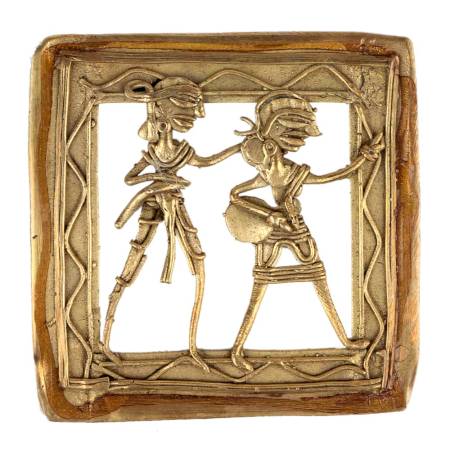
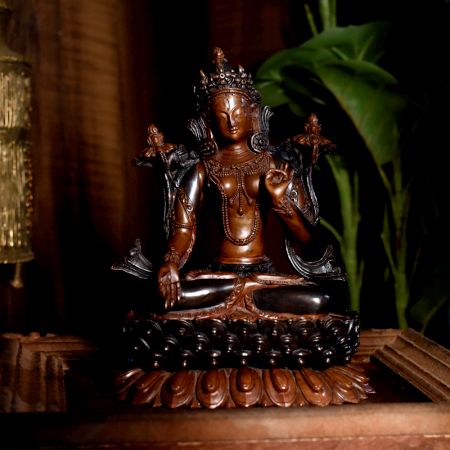
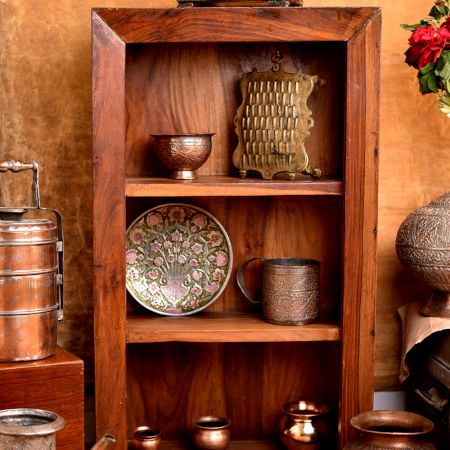
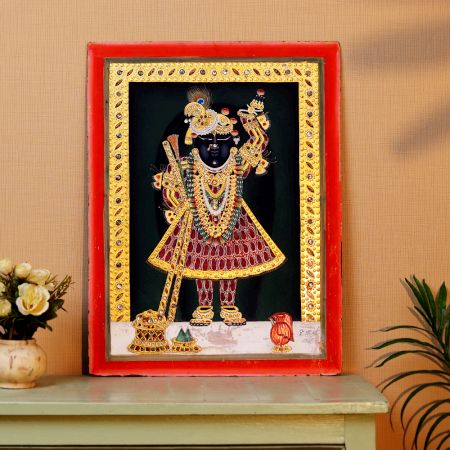
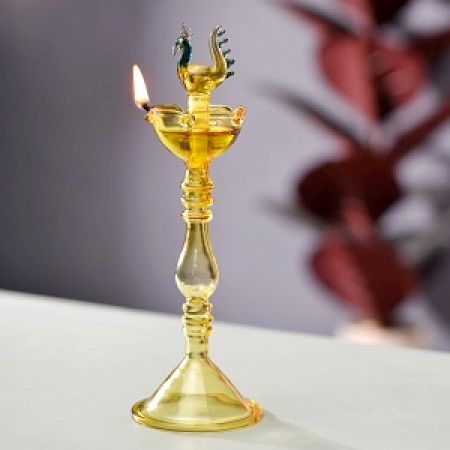
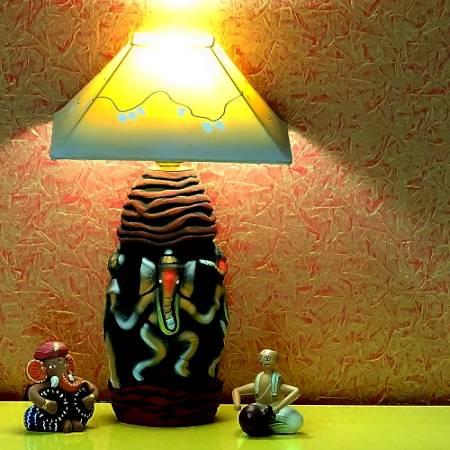


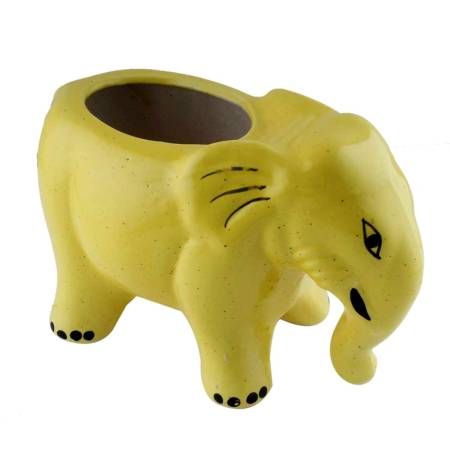
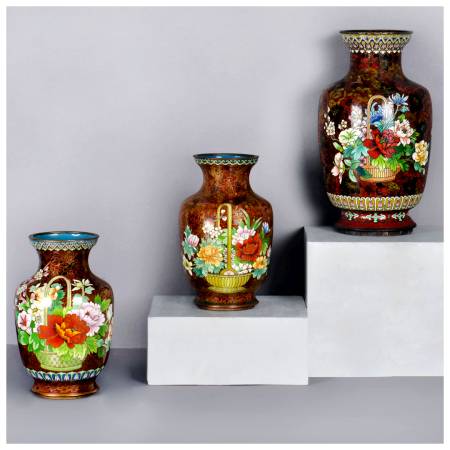
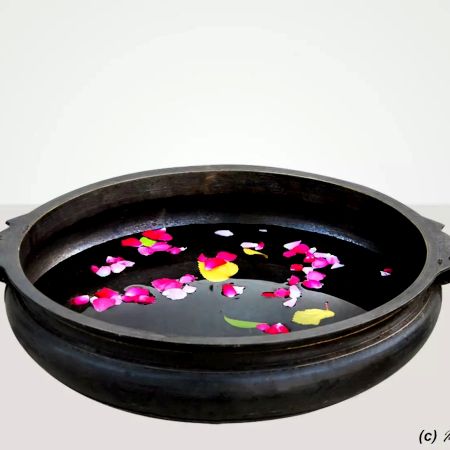
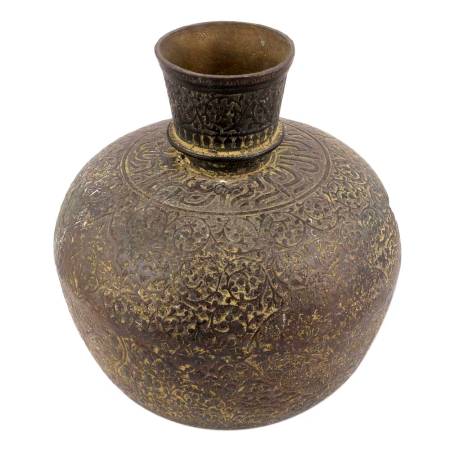
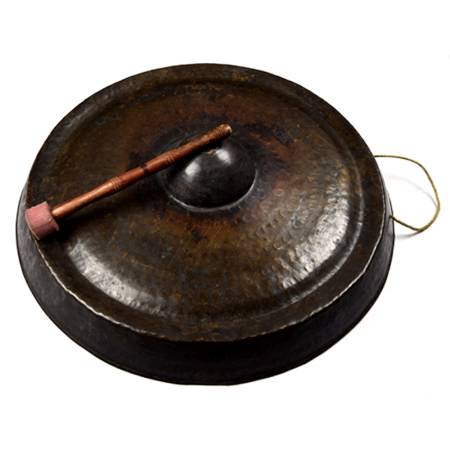

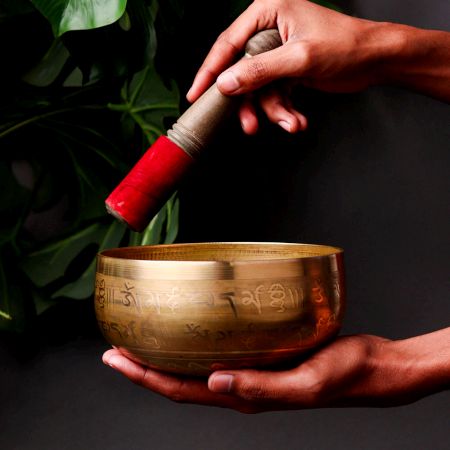
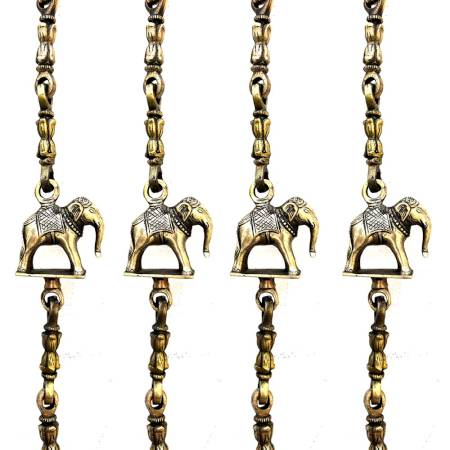
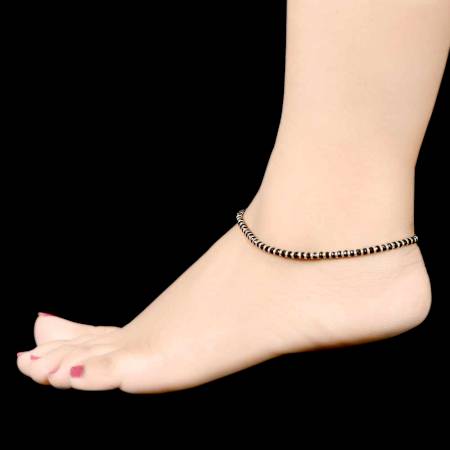
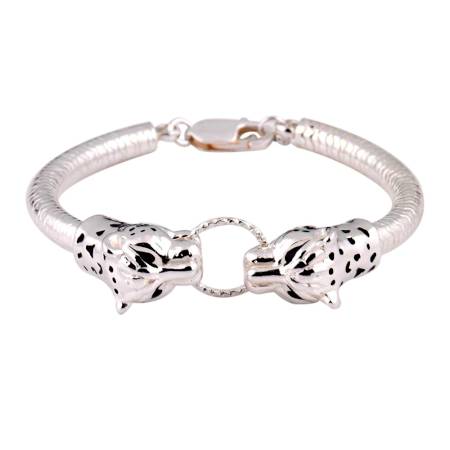
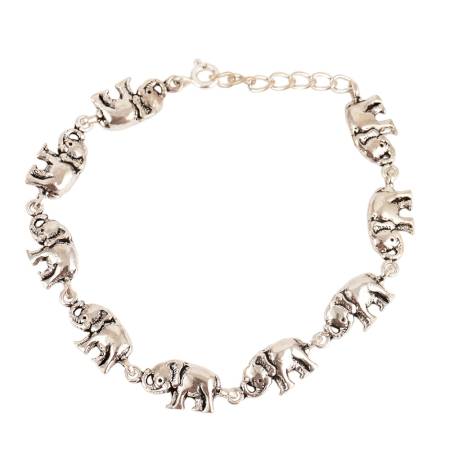
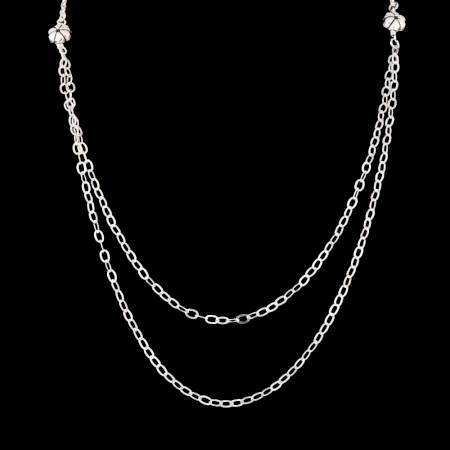
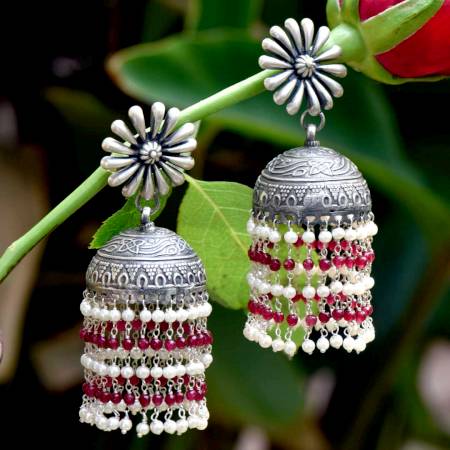
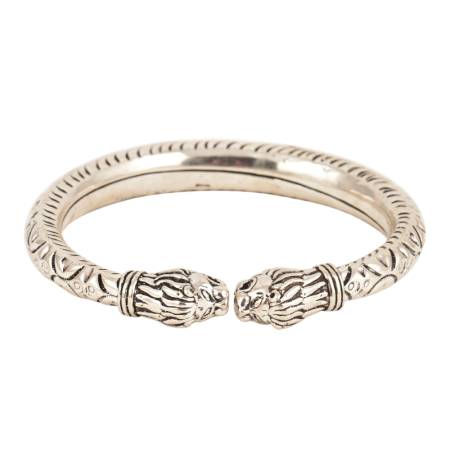
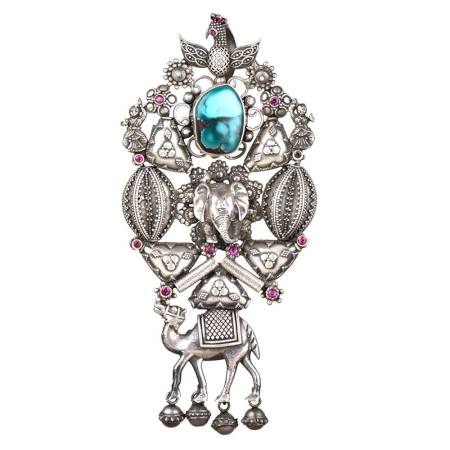
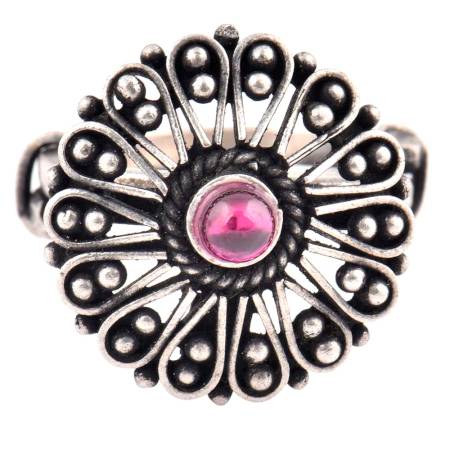
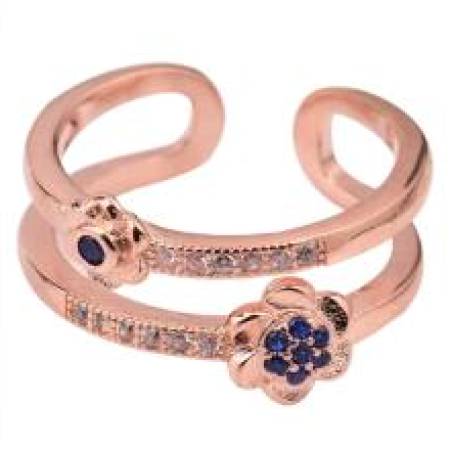
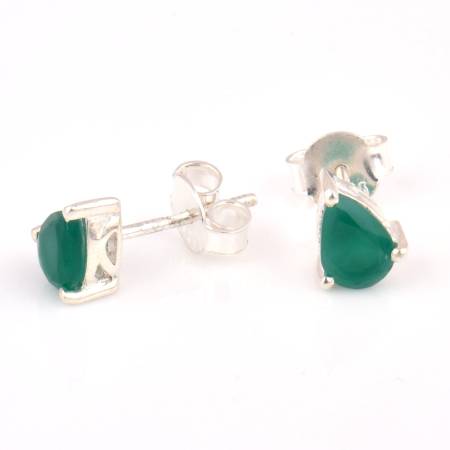

.JPG?ver=1.7)
.JPG?ver=1.7)
.JPG?ver=1.7)
.JPG?ver=1.7)
.JPG?ver=1.7)
.JPG?ver=1.7)
.JPG?ver=1.7)
.JPG?ver=1.7)
.JPG?ver=1.7)
.JPG?ver=1.7)
.JPG?ver=1.7)
.JPG?ver=1.7)
.JPG?ver=1.7)
.JPG?ver=1.7)
.JPG?ver=1.7)
.JPG?ver=1.7)